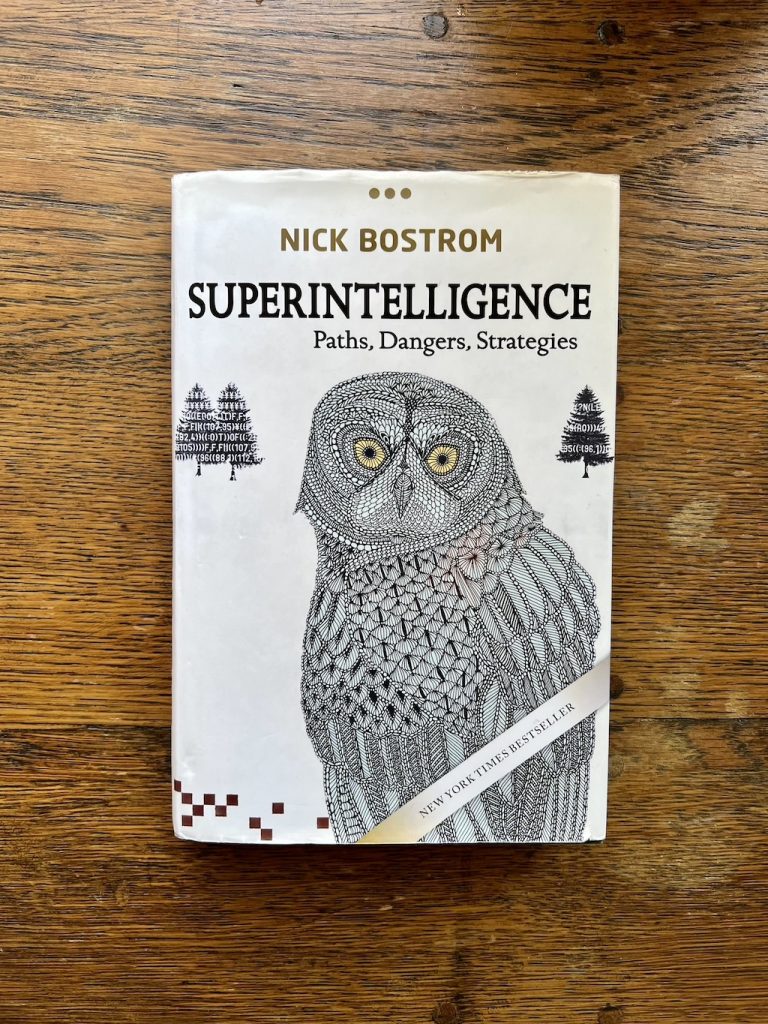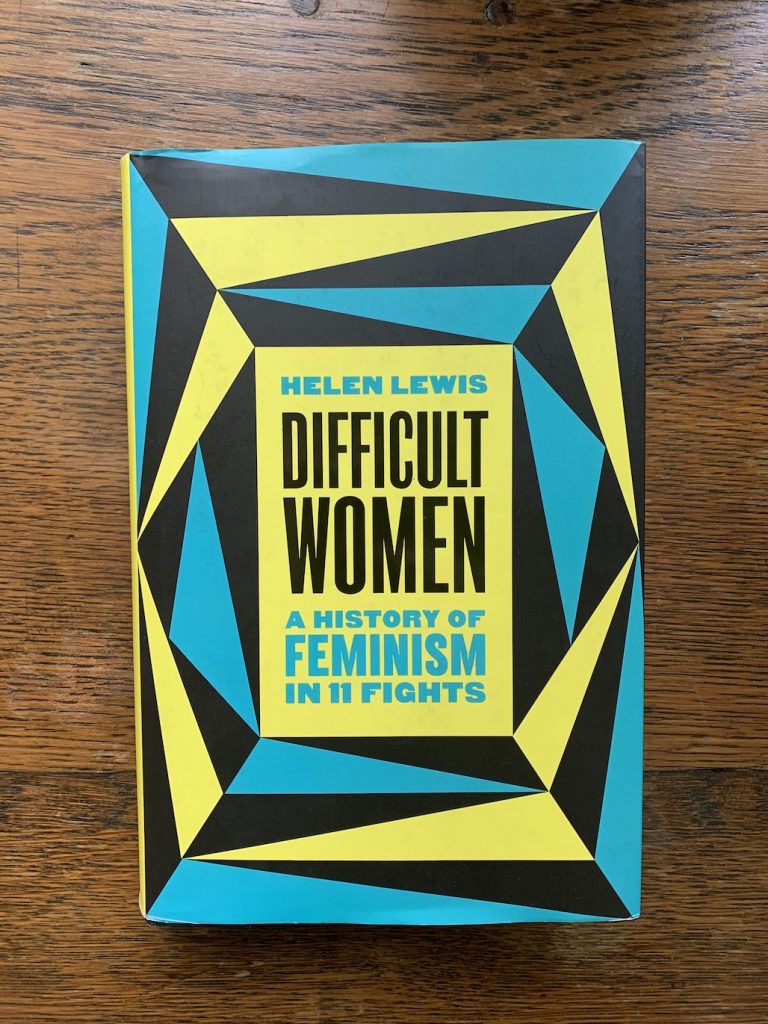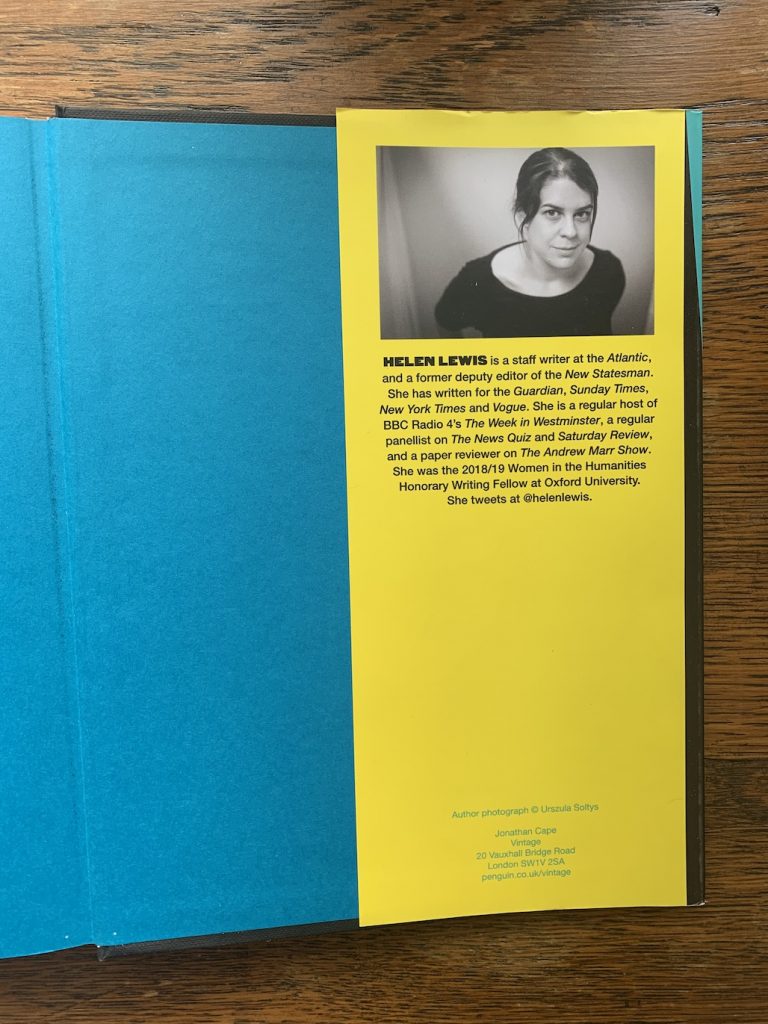I am one of those people who started baking sourdough buns during the lockdown. I’ll try going through this blog post without any bun jokes!
I had never done any baking before, but the idea of nurturing and attending to a homegrown yeast colony that leads to a delicious treat has been a helpful momentary distraction from a world pandemic. I noticed that kneading dough could lightly fool my touch starved nerves when I spent months without giving and receiving human touch.
The idea of using only three ingredients, water, salt, and flour, appealed to my appreciation for minimalism. Yet, I had many parameters to adjust and watch for, such as time, temperature, and moisture. I tried baking more complex recipes and very quickly gave up.
I am guilty of soliciting Likes and validations on social media to remind my friends that I still exist and officially living like a monk due to the circumstances.
It took me a couple of extra weeks to grow a starter active enough to bake loaves of bread. My first few buns were suitable substitutes for construction material and good candidates for mercy killing! Things started to improve after the first ten attempts.
I even added a few pictures of buns on my dating profile, but I don’t think it made much of a difference. Next time I’ll bake a loaf that looks like a fish!
I don’t remember the last time that I bought bread from the market. I now make my own. Surprisingly I consumed less bread than before, and every slice of toast is ever more satisfying. I am guilty of soliciting Likes and validations on social media to remind my friends that I still exist and officially living like a monk due to the circumstances.
I even added a few pictures of buns on my dating profile, but I don’t think it made much of a difference. Next time I’ll bake a loaf that looks like a fish!
So here we go, enjoy the progression of my pandemic sourdough baking journey:





















